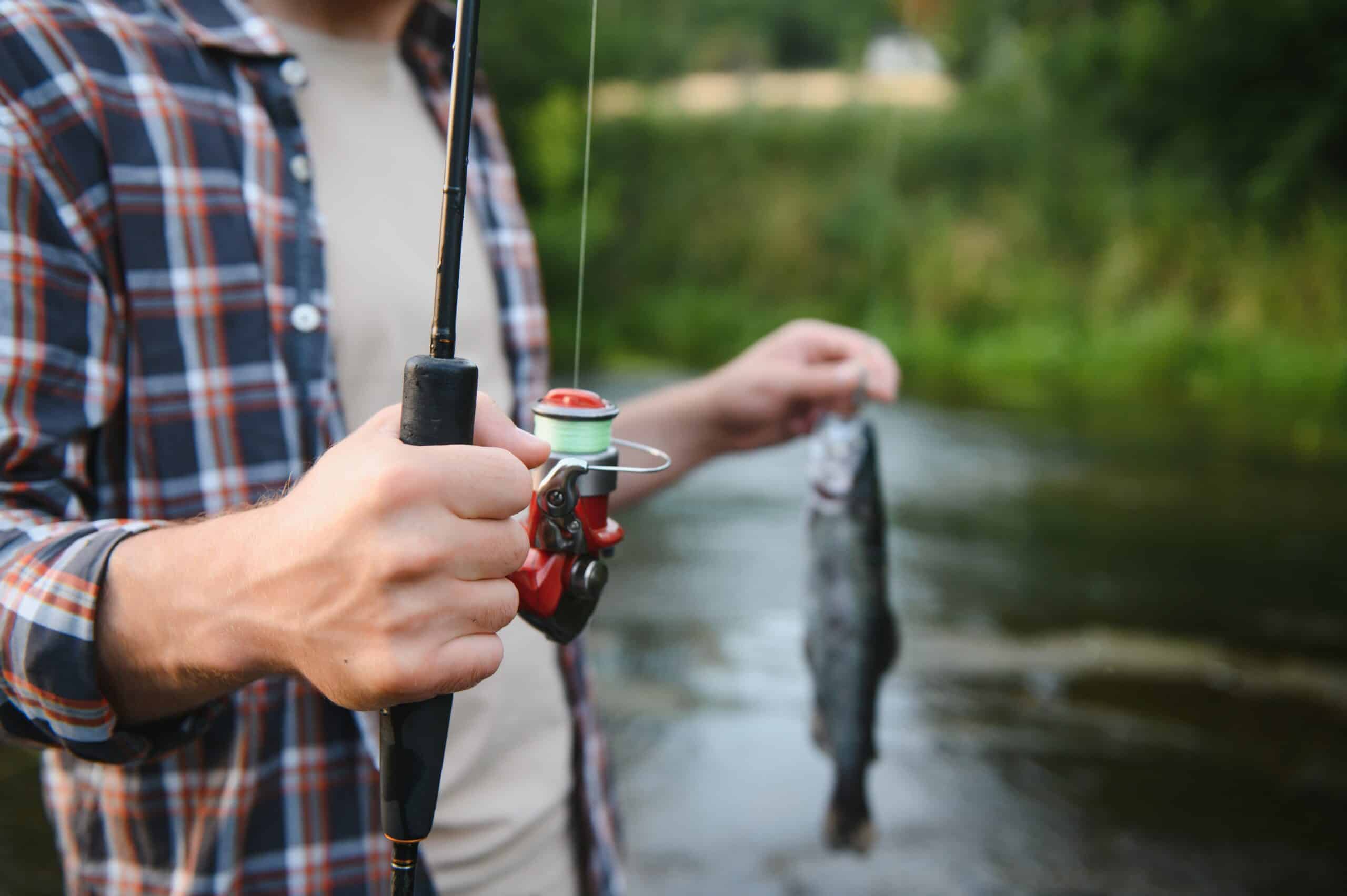What is the best knot for monofilament to lure?
Key Takeaways
- The Trilene knot is recommended as the best knot for monofilament to lure.
- The Trilene knot is known for its strength and reliability, scoring the highest strength percentage in tests.
- The Trilene knot offers advantages such as impressive strength, reliability, ease of tying, and versatility.
When it comes to fishing, one of the most important aspects is tying a strong and secure knot to ensure that your monofilament line is securely attached to your lure. There are several knots that anglers commonly use, but which one is the best? According to the information provided in the text, the Trilene knot is recommended as the best knot for monofilament to lure. Let’s dive deeper into this topic to understand why the Trilene knot is considered the top choice.
The Trilene Knot: A Secure Connection
The Trilene knot is known for its strength and reliability. It is a popular choice among anglers for tying monofilament line to a lure due to its ability to maintain a secure connection even under intense pressure. According to the provided information, the Trilene knot scored the highest strength percentage in the test conducted.
During the test, a 10-pound Trilene Big Game monofilament line was used to tie the knot to a lure. The Trilene knot demonstrated an impressive 96% strength, indicating that it is capable of withstanding significant force without breaking or slipping. This makes it an ideal choice for anglers looking for a knot that provides both strength and security.
How to Tie the Trilene Knot
Now that we know the Trilene knot is the recommended choice for monofilament to lure connection, let’s take a closer look at how to tie it. Follow these step-by-step instructions:
- Thread the end of your monofilament line through the eye of the lure.
- Create a loop with the tag end of the line, making sure it overlaps the standing line.
- Wrap the tag end around the standing line and through the loop you just created. Repeat this step two more times, resulting in a total of three wraps.
- Moisten the knot with water or saliva to reduce friction.
- Tighten the knot by pulling the tag end while holding the standing line. Make sure the wraps are snug and aligned.
- Trim any excess tag end.
By following these steps and practicing the technique, you can quickly and easily tie the Trilene knot. Remember to test the knot’s strength before heading out on your fishing trip to ensure it is securely fastened.
Advantages of the Trilene Knot
There are several advantages to using the Trilene knot for monofilament to lure connection:
- Strength: As mentioned earlier, the Trilene knot boasts impressive strength, making it suitable for various fishing situations.
- Reliability: The knot’s design ensures a secure connection that is less likely to slip or come undone, giving anglers peace of mind while casting and reeling in their catch.
- Easy to Tie: Once you get the hang of it, the Trilene knot is relatively easy to tie. With a bit of practice, you’ll be able to tie it quickly and efficiently.
- Versatility: The Trilene knot can be used with different types of lures and monofilament lines, making it a versatile option for anglers.
Conclusion
Based on the information provided, the Trilene knot is the recommended choice for tying monofilament line to a lure. Its impressive strength, reliability, ease of tying, and versatility make it a top pick among anglers. So, if you’re looking for a knot that will securely fasten your monofilament line to your lure, give the Trilene knot a try!
Related Websites:
FAQs:
Q: Why is selecting the right knot important for fishing?
Selecting the right knot is important for fishing because it ensures a secure connection between the monofilament line and the lure. This prevents the line from breaking and increases the chances of successfully landing a fish.
Q: What are some popular knots for connecting monofilament line to a lure?
Some popular knots for connecting monofilament line to a lure include the Palomar knot, the Improved Clinch knot, and the Uni knot. These knots are known for their strength and reliability.
Q: What factors should I consider when selecting a knot for monofilament line to lure?
When selecting a knot for monofilament line to lure, you should consider factors such as the type of lure, fishing technique, and target species. Different knots may be more suitable for specific situations.
Q: What are some practical tips for tying fishing knots effectively?
To tie fishing knots effectively, make sure to moisten the line before tightening the knot to prevent friction and heat buildup. Also, ensure that the knot is properly tightened and trimmed to avoid any loose ends that can compromise its strength.
Q: Why should I practice and experiment with different knots?
Practicing and experimenting with different knots allows you to find the one that suits your fishing style and preferences best. It also helps you gain confidence in tying knots quickly and securely, increasing your chances of success while fishing.






